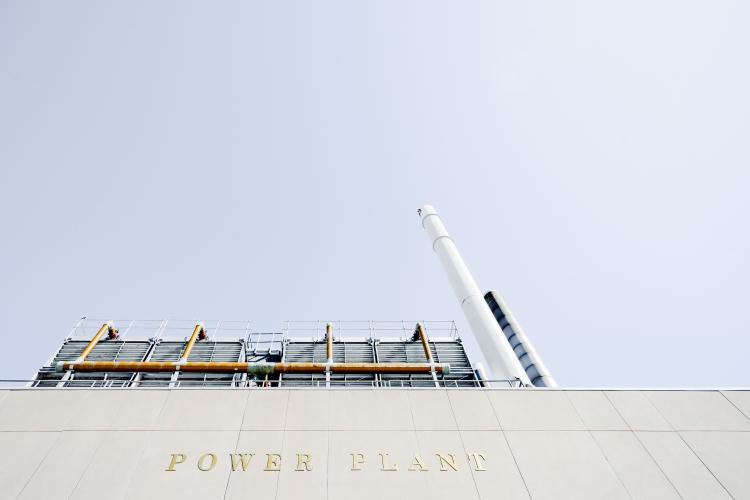
In 2015, the U.S. Environmental Protection Agency (EPA) finalized their much-anticipated Clean Power Plan (CPP). This rule, proposed by the Obama Administration, aimed to reduce U.S. carbon dioxide emissions from existing fossil fuel power plants by 32% by 2030. The CPP set the first-ever national limits on carbon pollution from power plants and allowed states flexibility to comply with the emission targets.
The “Affordable Clean Energy” (ACE) rule is the proposed replacement to the CPP by the Trump Administration. While the CPP prudently incorporated energy efficiency, ACE largely ignores it, undermining the economic, environmental and health benefits energy efficiency offers.
What are the Benefits of Energy Efficiency?
The CPP recognized the numerous societal and economic benefits of energy efficiency and incorporated efficiency throughout the plan. Energy efficiency helps boost local economies, creates high-quality local jobs and can help reduce harmful emissions.
Economic Benefits
Energy efficiency drives high-quality job creation. Energy efficiency is the energy industry’s fastest growing and largest job sector. An E2 study found that in 2017, energy efficiency added 133,000 jobs—half of all new jobs in the energy sector. In the Midwest, there were 513,695 total energy efficiency jobs in 2017, which was 72% of the region’s clean energy jobs.
Efficiency also helps improve local economies. In the Midwest, every dollar invested in energy efficiency creates more than two dollars in benefits. Efficiency also helps businesses in the region reduce their energy costs. When a business saves money, they have more to invest in other capital needs, allowing them to become more competitive.
Environmental and Health Benefits
Energy efficiency can also help meet emission reduction goals. By lowering energy demand, energy efficiency forestalls the need to build new and costly power plants. A 2018 ACEEE study found that reducing energy consumption through efficiency by just 15% for one year would save six lives every day, prevent nearly 30,000 asthma attacks each year and save Americans up to $20 billion in avoided health impacts.
ACE Leaves Out Energy Efficiency (and Its Benefits)
On October 10, 2017, the EPA Administrator issued a Notice of Proposed Rulemaking to repeal the CPP, and in August of 2018, the Trump Administration proposed the ACE replacement rule. This proposed rule contains three distinct actions:
- Replaces the CPP with revised emissions guidelines,
- Implements new regulations that provide direction on the implementation of those emissions guidelines, and
- Revises the New Source Review (NSR) program as it relates to the efficiency of Electric Generating Units (EGUs).
Energy efficiency is greatly lacking within the new rule, especially compared to the CPP. There are two major ways in which ACE eliminated state incentives for energy efficiency:
The Elimination of the Clean Energy Incentive Program (CEIP)
The CEIP was a component of the CPP and was a voluntary program that incentivized state investments in energy efficiency. Under this program, states that made early investments in renewable energy and demand-side energy efficiency measures were given additional Emission Rate Credits (ERCs) from the EPA. The elimination of the CEIP by the EPA in ACE hinders energy efficiency efforts and the economic and societal benefits associated with efficiency.
ACE ignores home energy efficiency upgrades
The CPP allowed states to meet lower emission targets throughout all aspects of the energy cycle: from generation to transition to end-use consumption. This is where in-home efficiency comes into play. The ACE rule limits emission reduction measures to efficiency improvements at the source, making end-use efficiency no longer a possible source of emission reduction, effectively ending household efficiency incentives. By only encouraging at the source efficiency, power plants could have a greater incentive to invest in more costly upgrades to aging facilities and pass those costs onto customers rather than investing in end-use efficiency. This will not only increase rates but also emissions, as plants that release harmful emissions will be upgraded to last longer as opposed to reducing emissions by reducing demand.
ACE significantly changes the finalized CPP, which was expected to increase investments in clean energy across the nation. The ACE tradeoffs noted above undermine beneficial opportunities for energy efficiency. Energy efficiency is the lowest cost resource, creates jobs and can serve as a positive compliance tool for states to reduce emissions while improving community health.
What We’re Doing
MEEA recently submitted comments to the EPA in support of continued investment in energy efficiency through the CEIP program and end-use efficiency to meet emission guidelines. Read our comments here.